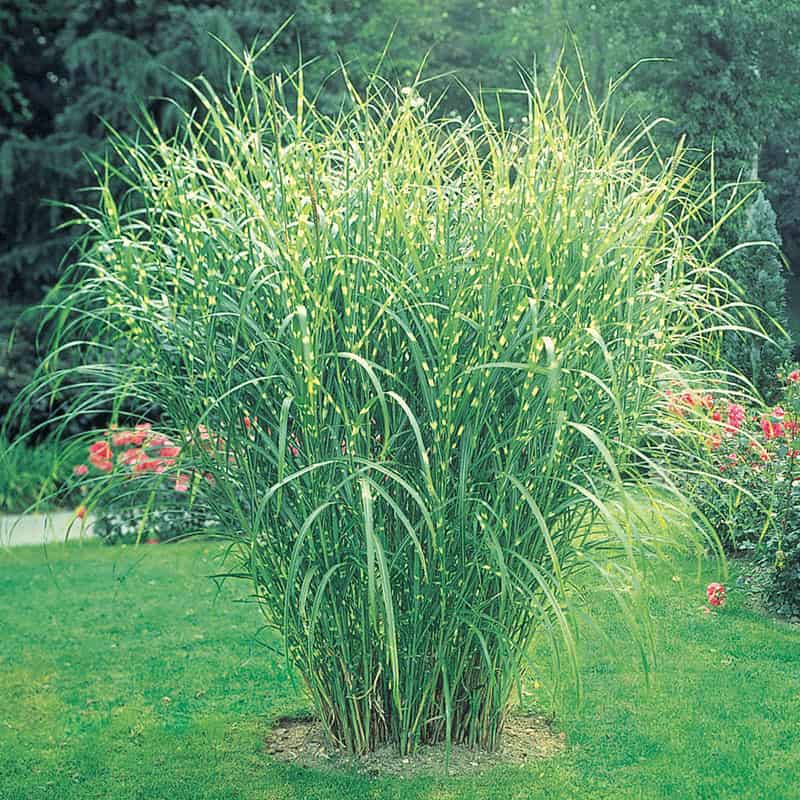
They arch upwards and then over, like a silvery fountain, and they sway gracefully in the slightest breeze, sending out that alluring rustle, unique to grasses, when a slightly stronger breeze arrives. The leaves are among the thinnest of all the larger ornamental grasses, being no more than ½ inch wide, and usually closer to ¼ inch. Graceful Maiden GrassĪ good place to start with our tour of the Maiden Grasses is with a widely-grown variety that forms clumps that are about 5 feet tall, reaching perhaps 8 feet when in flower. That is easily fixed by growing a variety like ‘ Adagio’ or ‘Morning Light, that don’t set seed, or removing the flower spikes earlier, so that they don’t have a chance to develop mature seed. You may hear that in some parts of the country it is ‘invasive’, but this is because of seed, not spreading roots. The name Maiden Grass is better, as it helps to distinguish it from the other less appealing silver grasses. No, the Miscanthus you want is called Miscanthus sinensis, or Chinese silver grass. But it is also invasive, especially in damp or wet soil, and it would be a bad choice for most gardens.

For example, Miscanthus sacchariflorus, often called Amur silver grass, is attractive, yes, growing between 5 and 8 feet tall, with waving silver panicles. This diverse group, called Miscanthus, does include some invasive grasses too, so the first thing to remember is to not just settle for anything that happens to be labelled Miscanthus. Maiden Grass is one member of a larger group of grasses often called Silver Grass. Cut flower plumes and dry them for indoors.Some have unique horizontal variegation.Topped with large plumes of silvery-beige feathery flowers.Incredibly beautiful slender leaves in a tall, elegant clump.

They are certainly among the most beautiful of all the ornamental grasses – never invasive and always striking and majestic. If you have had a bad experience with an invasive grass, or if you are new to grass growing, take a close look at the Maiden Grasses. That still leaves lots of beautiful grasses, though, that always stay where they are placed. It is true that grasses that spread, especially larger ones, should only be planted in larger gardens, where they can have room to develop without becoming a problem. Ornamental grasses are hugely popular, but also avoided by some gardeners, who probably have memories of one invasive grass or another that they planted – and came to regret.


 0 kommentar(er)
0 kommentar(er)
